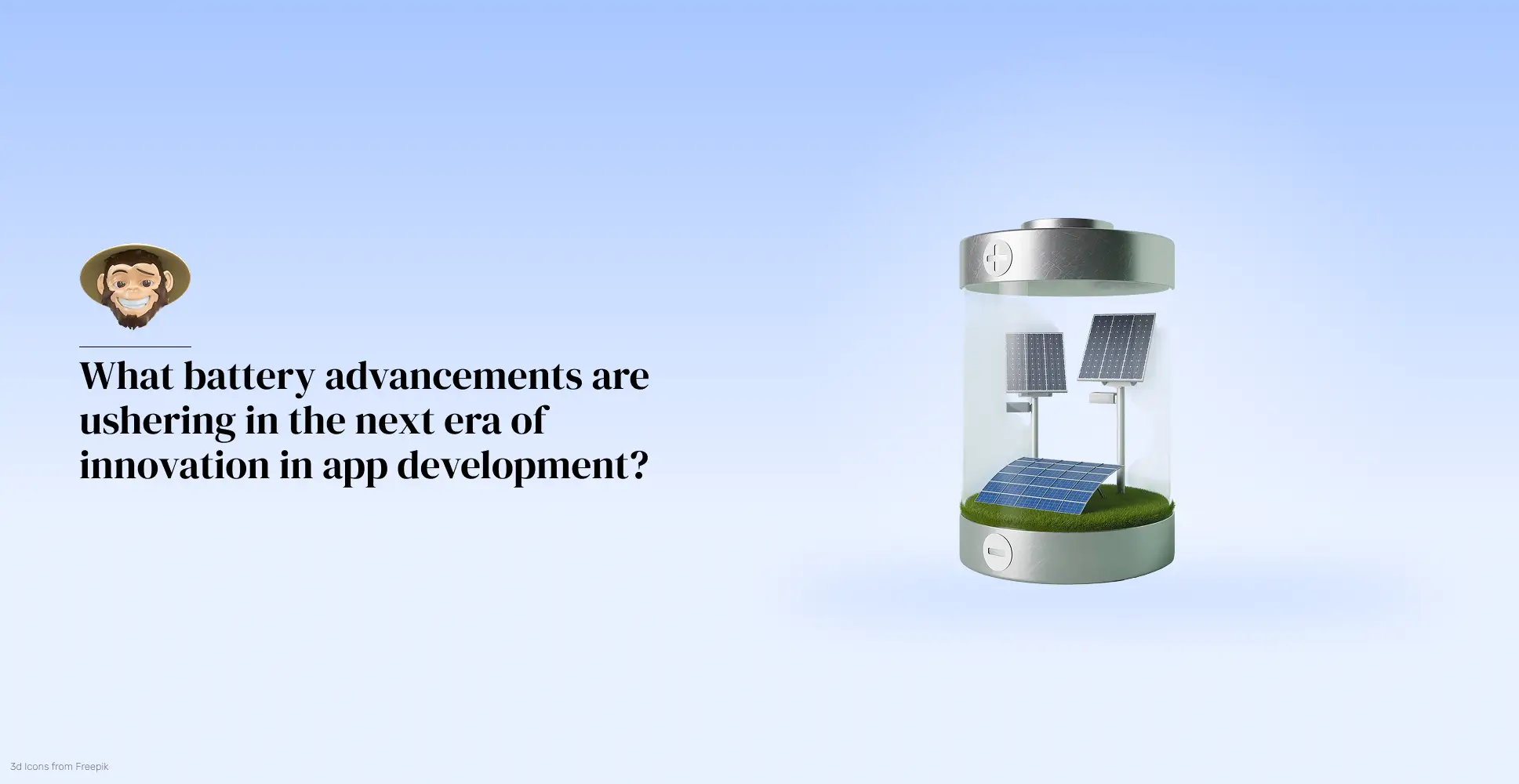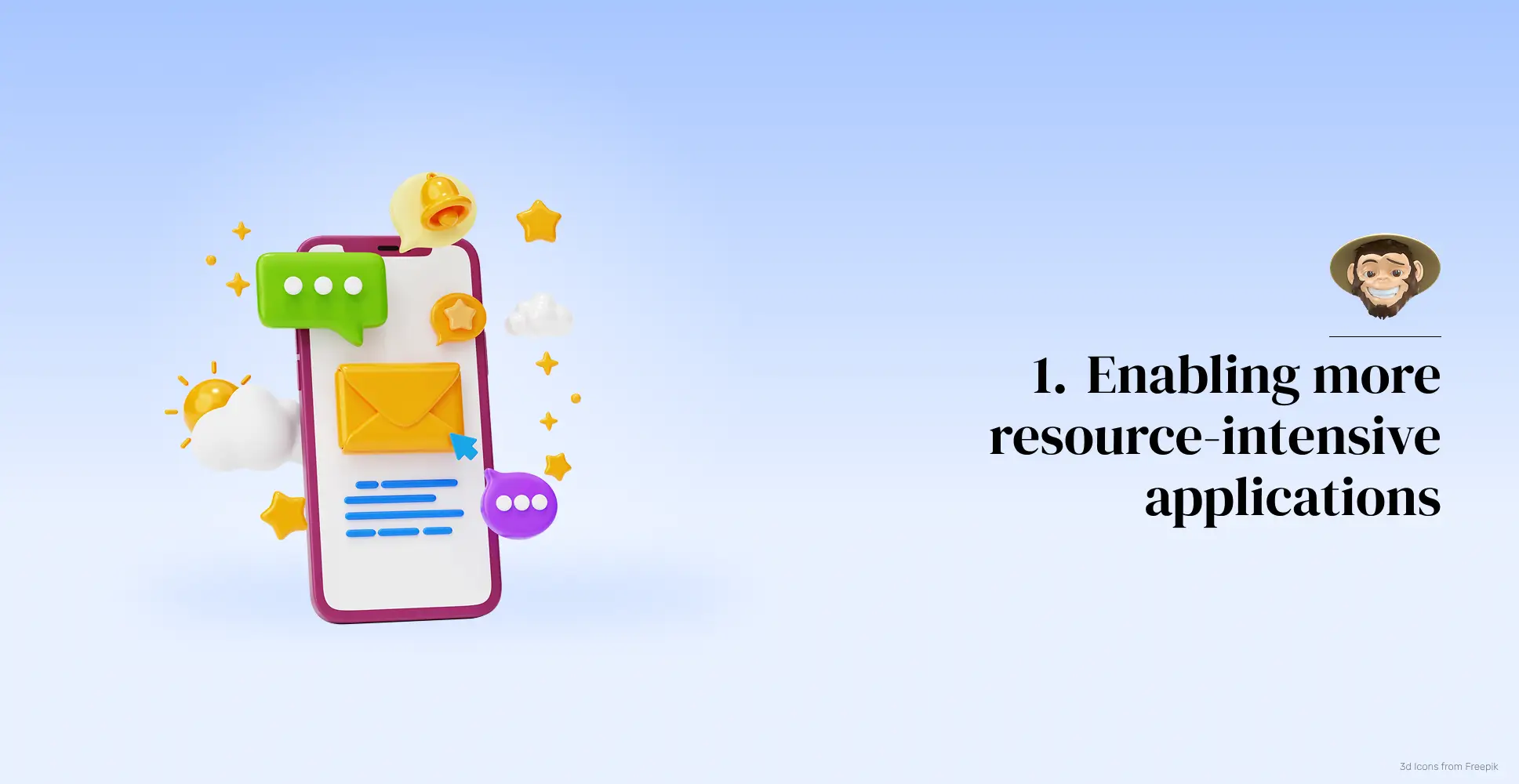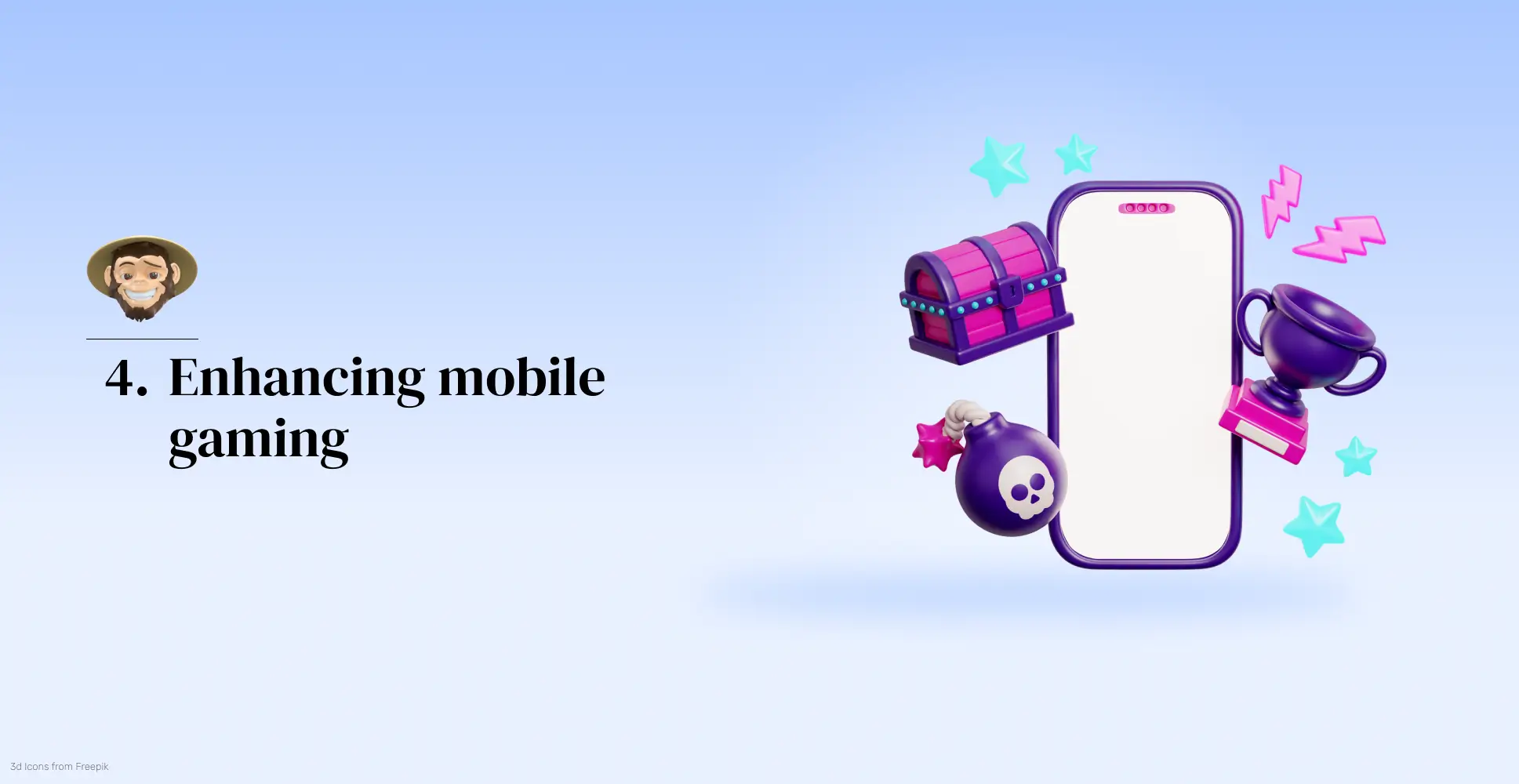Battery technology has long been a limiting factor in app development. However, with each advancement in battery technology, the potential for more robust app development grows, offering a hopeful glimpse into the future of technology.
“My phone died” is a phrase that we have become all too familiar with in the past decades. There’s no way around it: our phones, laptops, and smartwatches, and the use we can get out of them is intrinsically tethered to the capacity of their battery to remain charged. Similarly, the types of apps we use and how we use them seem somewhat defined by the amount of battery they drain, which comes as no surprise, seeing that batteries are the silent powerhouse behind every innovation, device, and piece of technology we use daily. Sadly, in several scenarios, the limitations in battery technology have been a roadblock for many of us, especially for app developers, who want to build faster, smarter, more feature-rich applications but are constrained by energy limitations.
Today, groundbreaking advancements in battery tech are not just shaping innovations in app development; they are driving them. Solid-state batteries, ultra-fast charging, and sustainable energy solutions are making devices more powerful, inspiring app developers to create smarter apps with features and functionalities that were once limited by battery capacity. Here’s Foonkie Monkey’s take on which are and how the battery tech breakthroughs that are fueling the next era of innovation in app development.
What battery advancements are ushering in the next era of innovation in app development?
With all its limitations, battery technology is rapidly evolving, propelling app development into an era of unprecedented innovation. These groundbreaking improvements are set to make devices more powerful, capable, and fast, sparking excitement for the future of app development. Here are the battery innovations that are shaping this thrilling next era.
- Solid-state batteries: While traditional batteries are liquid-based, solid-state batteries leverage solid electrolytes to conduct ions, leading to more energy density, faster charging times, and improved safety.
- Graphene-based batteries: Graphene is a highly conductive material that allows for shorter charging times and extended battery lifespan.
- Silicon-carbon batteries: Silicon-carbon batteries work with silicon-based materials, which allows for faster charging and longer battery lifespan.
- NanoBolt lithium-tungsten batteries: NanoBolt batteries leverage tungsten and carbon nanotubes to enable lightning-fast charging speeds.
- Over-the-air (OTA) charging: Wireless charging is undergoing several essential innovations. One of the most groundbreaking ones is OTA, which leverages electromagnetic fields to remove the need for cables.
- Bio-batteries: These innovative power sources generate energy from organic compounds, promoting sustainability and encouraging developers to use eco-friendly energy sources. This emphasis on sustainability can make the audience feel more environmentally conscious and responsible.
These innovations are not just about the technology but also about empowering app developers to push boundaries and build more resource-intensive, richer, faster, and more persistent applications. They instill a sense of confidence and capability in the developer community. Here’s how these battery tech advancements are driving innovation in app development.
1. Enabling more resource-intensive applications
Thanks to advancements in battery technology, modern batteries now offer faster charging times and longer lifespans thanks to their higher energy densities. This progress empowers app developers to create applications that harness power-intensive features like augmented reality (AR) and virtual reality (VR) for gaming, education, and training, as well as artificial intelligence (AI) and machine learning (ML) for tasks such as photo editing, language translation, and scientific research. Previously, such applications would drain a device’s battery in minutes, but with these innovations, they can now operate efficiently for extended periods without excessive energy consumption. This breakthrough not only unlocks but also fuels exciting opportunities for developers to build more robust, innovative, and resource-intensive applications, sparking a sense of excitement and optimism that was once limited by battery constraints.
2. Allowing for new features
As previously discussed, battery limitations have long been a significant barrier for app developers, restricting their ability to create feature-rich mobile and software products. However, thanks to modern advancements in battery technology, developers can now fully utilize ultra-fast charging and long-lasting batteries to implement demanding features like real-time video streaming and robust offline functionality. These capabilities not only extend user session lengths but also foster deeper engagement and improved retention, ultimately enhancing the overall user experience.
3. Supporting “Always-On” experiences
Breakthroughs in battery technology have made the concept of “always-on” increasingly feasible, enabling app developers to design continuously available, connected, and responsive products without being hindered by energy constraints. This capability is especially critical for mobile and software applications that rely on persistent background processes, such as real-time data synchronization, push notifications, location tracking, automatic updates, system recovery, and IoT device connectivity.
The “always-on” functionality is particularly transformative for healthcare applications, as it supports advanced features like ambient listening and continuous health monitoring. These capabilities depend on uninterrupted activity and seamless synchronization with wearables and Internet of Medical Things (IoMT) devices, empowering users with real-time insights and improving overall health outcomes. By eliminating battery life limitations, this innovation opens the door to more reliable, efficient, and impactful applications across industries.
4. Enhancing mobile gaming
Battery technology breakthroughs are revolutionizing what app developers can achieve in the realm of mobile gaming. Modern gamers expect nothing less than high-quality graphics, high refresh rates, minimal buffering, and seamless, immersive experiences. Thanks to advancements in battery technology, developers are now better equipped to meet these demands.
For instance, silicon-carbon batteries, with their higher energy density and faster charging capabilities, enable longer gaming sessions without the need for bulkier batteries. Additionally, developers can implement innovative features like smart power allocation, which uses AI to optimize CPU, GPU, and refresh rates dynamically, ensuring efficient battery usage. These advancements allow for smoother gameplay and reduce the frequency of power interruptions, enhancing the overall user experience.
Final word
After years of anticipation, battery technology breakthroughs are finally becoming more widespread and capable of overcoming long-standing energy barriers in app development. These advancements are now a cornerstone for developers, enabling the creation of more innovative, robust, and high-performing applications that enhance user experiences while maintaining energy efficiency. From IoT and AI to VR and gaming, the possibilities are virtually limitless as battery technology continues to shift the paradigm, unlocking new opportunities for a smarter, faster, and more energy-intensive future in app development.
At Foonkie Monkey, energy efficiency is at the heart of everything we do. We adhere to industry best practices to ensure our solutions are not only cutting-edge but also sustainable. If you have questions about battery technology or are ready to bring your next project to life, we’d love to hear from you—drop us a line today!











